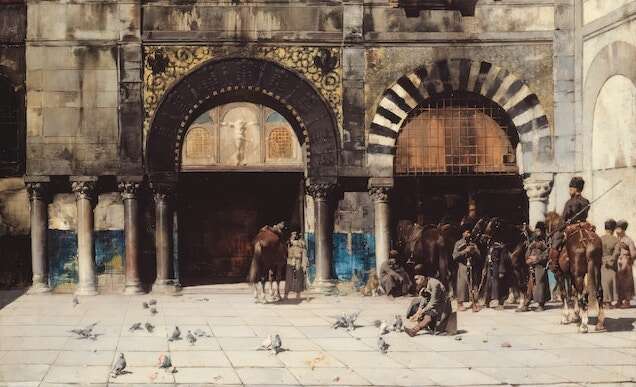Italian nobility during the Renaissance were also vulnerable to cancer, as revealed by mummified remains. This discovery suggests that cancer may not be exclusively a modern affliction.
King Ferdinand I of Aragon, a notable historical figure, suffered from colorectal cancer. In affluent nations, cancer ranks as the second-leading cause of death, trailing only heart disease. It is responsible for approximately 8.2 million deaths globally each year, with projections indicating a 70% increase in new cases over the next 20 years. Archaeological findings rarely show evidence of cancer in ancient remains, leading to widespread theories attributing its prevalence to modern lifestyle factors like processed foods, pollution, smoking, and increased longevity.
Contrary to the belief that cancer is a modern disease, recent research published in The Lancet offers a different perspective. Scientists from the University of Pisa, Italy, analyzed the mummified remains of 11 affluent individuals from Renaissance Naples and discovered several instances of cancer. The study, authored by Raffaele Gaeta of the university, found a cancer prevalence of 27%, closely mirroring the 31% prevalence in contemporary societies.
The rarity of cancer in ancient times is a contentious topic, often attributed to the shorter lifespans of earlier populations, the scarcity of mummified remains, and the difficulty in detecting tumors in such remains. For example, during the Roman Empire, the average life expectancy was approximately 22 years, increasing only marginally to 33 in medieval Europe and to just below 50 in 18th-century America. Tumors, unless they affect bones, leave little trace in skeletal remains, often requiring a mummified body to be identified.
This study focused on the well-preserved mummies of King Ferrante I of Aragon, who ruled in the 15th century, and some members of his court, found in the San Domenico Maggiore church in Naples. The subjects, aged between 55 and 71 at death, were considered long-lived for their era. The researchers concluded that, at least in this select group, cancer prevalence was similar to today’s rates. Their findings challenge the notion that cancer was exceedingly rare in the past and suggest a revision of this assumption.
- 5
- Blog
- 5
- Industry Health
- 5
- Health - Cancer
- 5
- Italian Renaissance Aristocrats Were Susceptible to Cancer, Too
Italian Renaissance Aristocrats Were Susceptible to Cancer, Too

Share this article
Different Types of Personal Insurance
Related Topics
Article Info
Reviewed by
medicalrecords.com
Last Updated
03/07/2020
